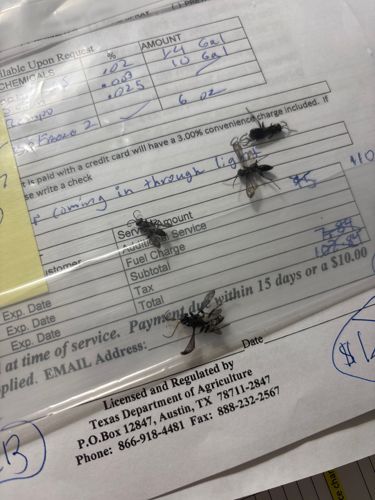Moth Fly, Drain Fly, Filter Fly, Sewer Gnat
Scientific Name: PsychodaSpecies (e.g., Psychoda alternata, Clogmia albipunctata)
Order & Family: Order: Diptera (flies), Family: Psychodidae
Size: 2-5 mm (0.08-0.2 inches) in length

Natural Habitat
Moth flies are commonly found in human dwellings and other buildings, especially in areas with stagnant water and decaying organic matter. This includes drains (kitchen sinks, bathroom sinks, bathtubs, showers), sump pumps, sewage treatment plants, septic tanks, compost piles, and wet organic debris outdoors.
Diet & Feeding
Adult moth flies feed on liquids and decaying organic matter. Larvae feed on the microbial film and decomposing organic materials found in their aquatic or semi-aquatic breeding sites.
Behavior Patterns
Moth flies are known for their erratic, jerky flight patterns. Adults are most active at night or in low-light conditions. They breed in gelatinous films found in drains, sewage pipes, and other moist areas with decaying organic matter. Larvae feed on the organic matter, and pupation also occurs in these breeding sites. Their life cycle from egg to adult can be as short as 1-3 weeks depending on environmental conditions.
Risks & Benefits
Risks: While moth flies are generally not considered disease vectors that bite or transmit pathogens directly to humans, they can be a nuisance pest. Large populations can indicate unsanitary conditions. Inhalation of body fragments from dead flies can sometimes trigger allergic reactions or asthma in sensitive individuals. Benefits: In natural ecosystems, some species of moth flies play a role as decomposers, helping to break down organic matter.
Identified on: 8/8/2025